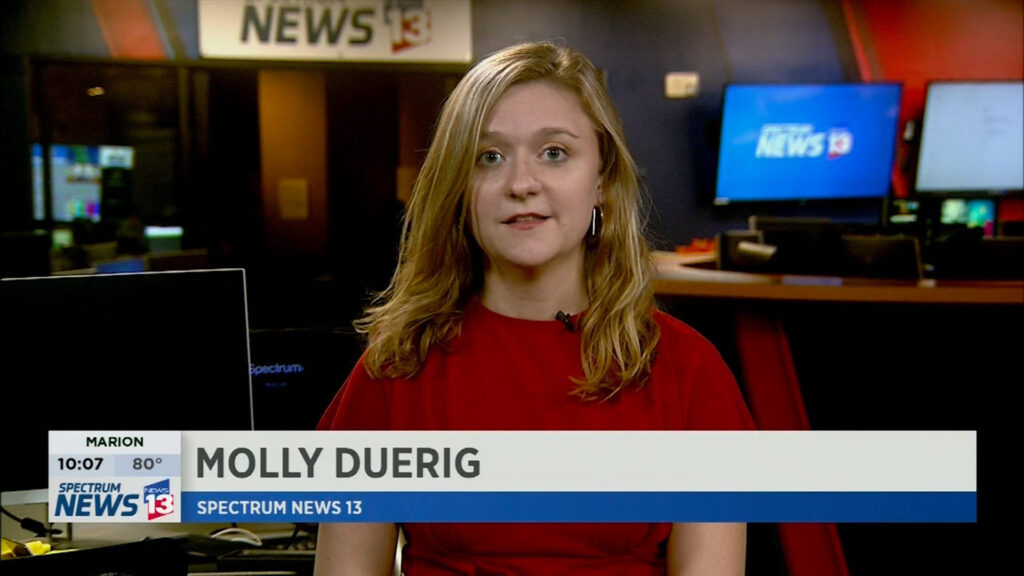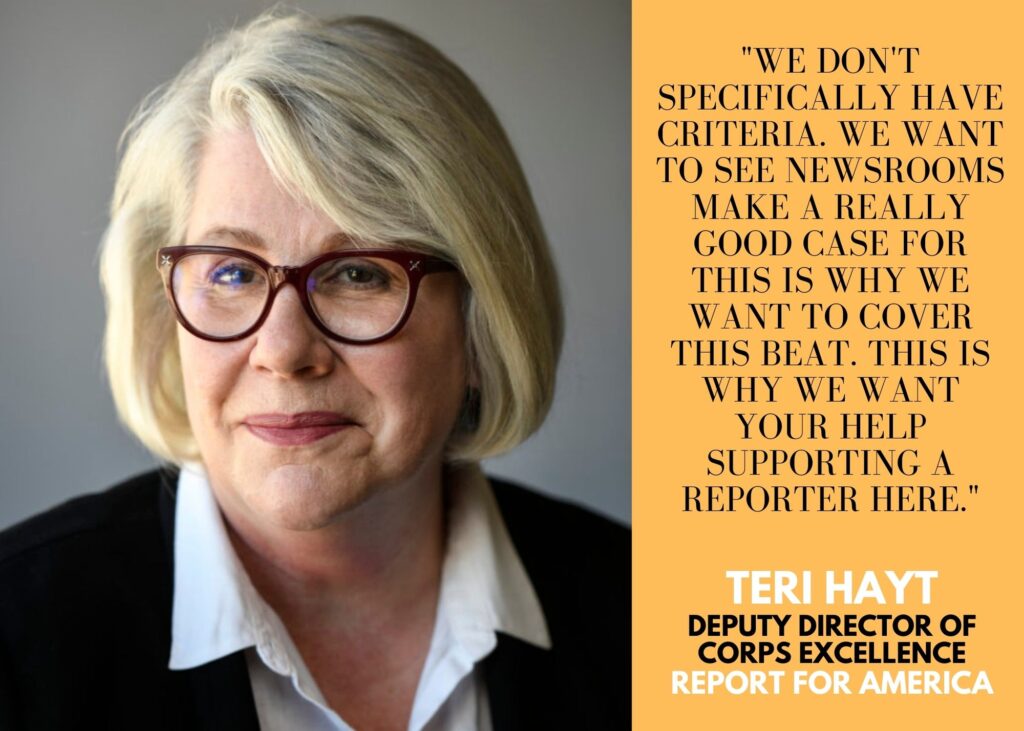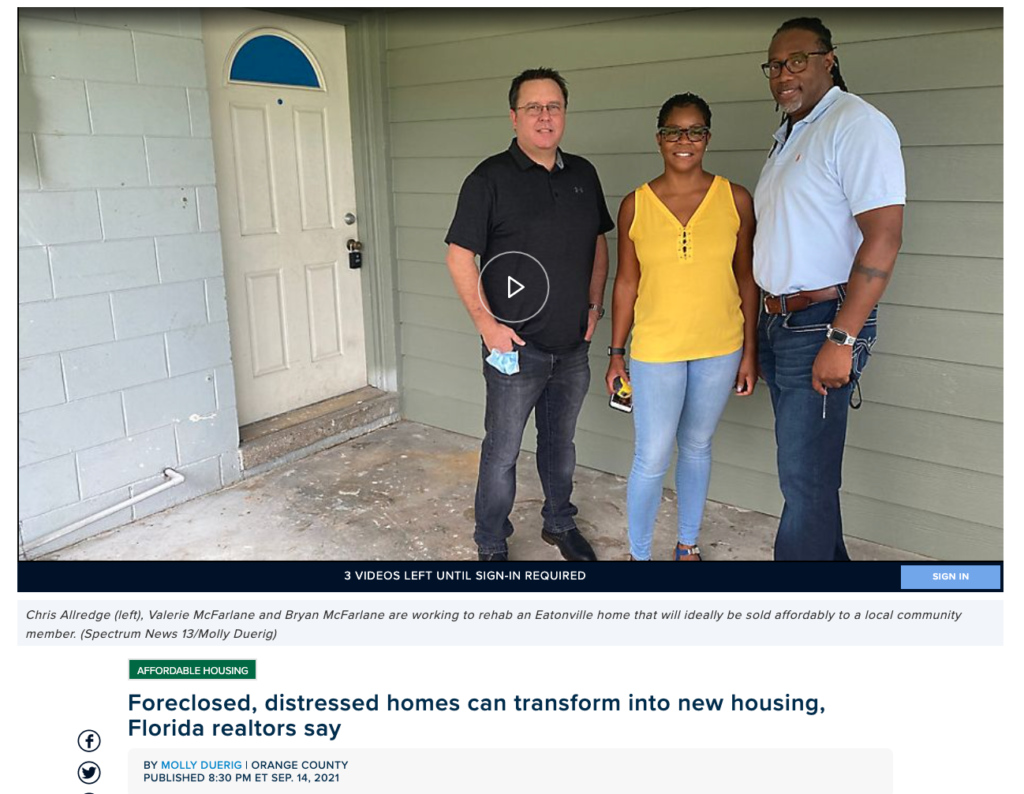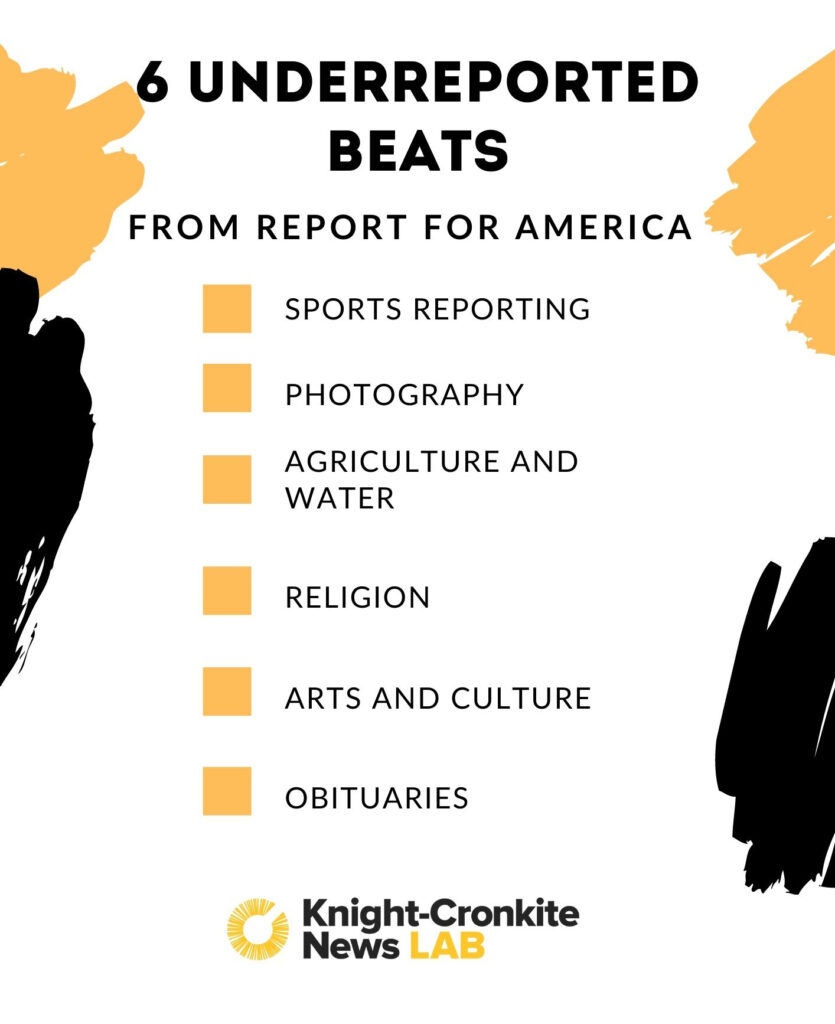
Orlando-based Spectrum News 13 recognized its coverage was missing a beat. So, in June 2020, it brought on Molly Duerig, a multimedia Report for America (RFA) journalist, who earned her master’s degree from our very own Walter Cronkite School of Journalism and Mass Communication at ASU, to cover an underreported topic — the central Florida housing crisis.
Report for America, a nonprofit national organization that recruits and supports a corps of young reporters around the country, is hoping that more local stations will hire people like Duerig — one of the few RFA journalists to join a TV newsroom.
“I was really drawn to Report for America because of its focus on community-driven journalism and telling stories for positive social impact,” she said. “I really appreciate their investment in very specific topics that outlets don’t always have the resources to cover.”

In 2019, we reported on Spectrum News Buffalo becoming the first TV news operation to get involved with Report for America. Its journalist was Camalot Todd, who moved from Las Vegas to establish a mental health beat in Buffalo. “As a company, they looked at areas where they felt they really wanted to have additional support, [and] we were able to help,” Report for America deputy director of corps excellence Teri Hayt said.
RFA reporters usually cover beats such as education, healthcare, communities of color, rural issues, politics, local business, and the environment. But, last week, the organization released a new list of six undercovered topics — “beats to consider” — and is urging more newsrooms to apply. Here’s the list:
However, newsrooms ultimately decide what beats they want an RFA journalist to cover. “We’re looking at what they are identifying as underserved communities or beats,” Hayt said. “We don’t specifically have criteria. We want to see newsrooms make a really good case for this is why we want to cover this beat. This is why we want your help supporting a reporter here.”

Although 300 Report for America journalists are working in more than 200 newsrooms, there are only eight journalists at local TV stations. “We’re always looking for more TV stations to become involved with us,” Hayt said. The eight cover everything from public health to racial inequity to rural issues for other Spectrum News channels in Buffalo, Columbus, and Milwaukee; PBS stations in Kansas City and Minnesota; and Scripps station WCPO in Cincinnati, where Monique John covers gentrification.
Report for America ensures that newsrooms have sufficient support for its emerging journalists. In the selection process, it considers what newsrooms offer in terms of mentoring and editing help. Once a newsroom qualifies for the program, it gets to make the final decision on which RFA journalist to hire.
Watch a Report for America promo video featuring Molly Duerig
Report for America also provides funding for its corps members. It pays half of their salary, usually up to $25,000, and the host newsroom raises money from local philanthropy to pay for the other half. In the second year of the two-year program, the host newsroom pays two-thirds of the journalist’s salary, while RFA pays the remaining third. The organization is now starting to support and place a few more experienced reporters along with its early-career journalists.
RFA reporters normally start in June. However, RFA hopes to use a system of rolling admissions to allow corps members to work as soon as January to respond to the nationwide decline in newsroom resources. “Journalism is in crisis,” Hayt said. “Report for America is dedicated to trying to build back that news infrastructure.”
For Duerig, her battle is understanding why many Floridians can’t find consistent housing. “I didn’t realize before coming here how many people in the country, and in this area specifically, live in hotels, motels, and even in their cars as a way of living,” she said. “Housing is a beat that really allows you to get to know a wide range of people and learn about people’s lives, deeply and intimately in a way that maybe other beats don’t allow you to do.”

Click above to read Duerig’s latest story.
If you think your newsroom has a hole and room for a Report for America journalist to plug it, there’s still time to apply for the 2022-23 class, but hurry: applications close on September 30.
Get the Lab Report: The most important stories delivered to your inbox
